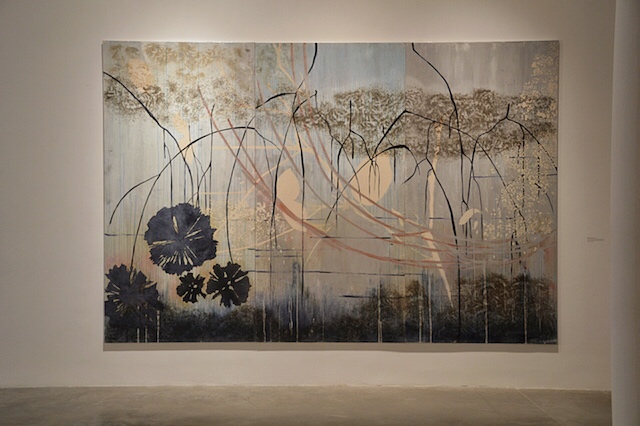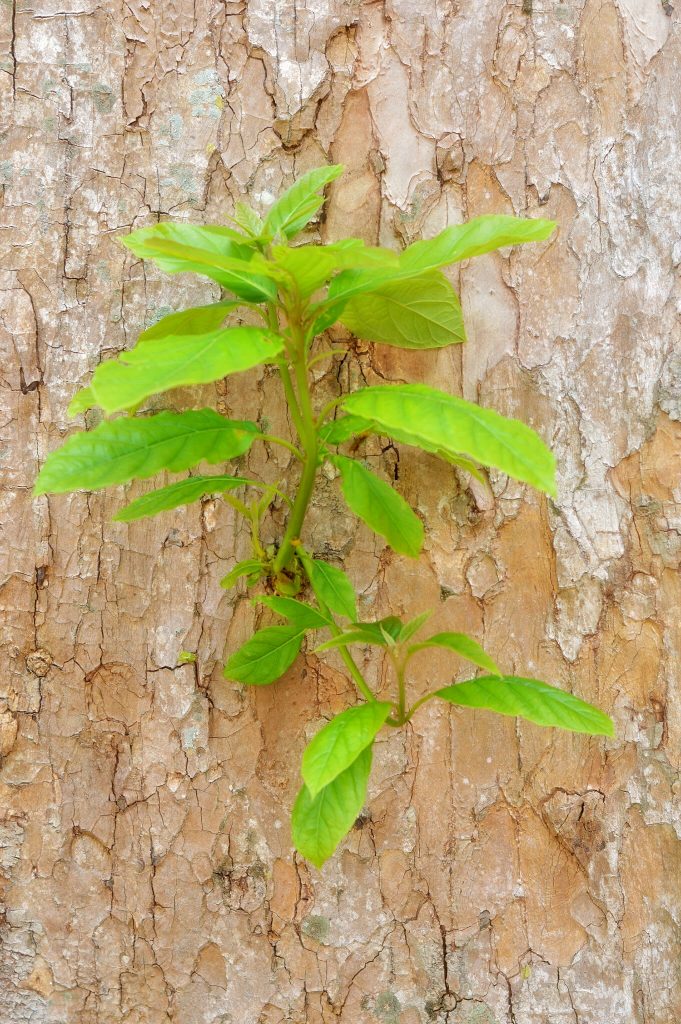
Every writer needs a retreat. It’s impossible to keep filling up the mind with information, especially in the age of social media, without seeking empty space in order to continue being creative. When I need this space, I turn to art, nature, water and birds, or a trip in a kayak.
I am deeply affected by art: especially music, sculptures and film. A Chopin Nocturne can move me to tears, a sculpture enrapture me, and a film send me into a trance. Am I strange?
I can see a single work of art and be moved, but never has an artist’s solo exhibition touched me as much as Mira Lehr’s Tracing the Red Thread at the Museum of Contemporary Art in North Miami. In fact, I’ve written a review for Widewalls magazine and you can read it here.
However, I needed to write something more personal and that’s the beauty of blogging. I don’t have to be too careful about grammar and I can write as if I’m speaking to someone face to face. I just hope someone is listening.

The Museum Visit
Tracing the Red Thread is a museum-wide installation divided into four rooms. In the main area, mangrove sculptures rise up from the floor and majestically stretch up to the ceiling. Each tree is connected to another with mangrove-like arms, holding the other up while protecting life nestled between its branches. If you physically follow the red thread, you too will be embraced by Mother Mangrove.

Mira Lehr’s paintings are gorgeous. Like an ebb and flow, there’s a back and forth movement of fragility and strength. I was in particular fascinated by her use of ignited gunpowder. You can see more of Lehr’s Ignited Works here.
In the other rooms: find yourself surrounded by suspended lights formed like ocean waves, listening to the sounds of the ocean while viewing your own reflection in coral walls made of cut mirror; stare at the Plexiglas jellyfish installation and be mystified by the shadows cast on the outer walls; and journey through a myriad of text on the coral reef made of copper mesh, burned and dyed Japanese paper, and ink.

The MOCA NOMI’s exhibition guide can be viewed here.

The Kayaking Trip
There’s something about pushing off the shore, the rhythm of the stroke and that sense of becoming minute among the mangroves that is totally invigorating.
This past Mother’s Day, we went on a guided kayak tour with Rising Tide Explorers. With a camera around my neck, I was positive that there would be lots of birds and a better variety than could be found in our backyard. (My backyard is next to a nature preserve and we are blessed with a large presence of native birds.) Apart from a few Osprey and a couple of herons, we didn’t see many. And that proved to be totally okay.

Why? Because, instead I focused on the surrounding foliage. This quiet-time allowed me to learn and think about Florida’s aquatic ecosystem. Nature’s architectural design is perfect, protecting animal and plant life, as well as us from hurricanes and other forces. Human design, on the other hand, has placed Florida under threat. You can read more about mangroves on the Florida Department of Environmental Protection’s website and if interested on the climate’s impact on the ocean, check out Changing Seas.

In 1912, John Muir wrote, “When one tugs at a single thing in nature, he finds it attached to the rest of the world.” Over one hundred years later, Muir’s words resonate with urgency.
Everything in nature is interconnected and we can often find correlations between nature and art.
Until next, time paddle through the still waters, get lost in art, and trace the red thread and see where it leads.
